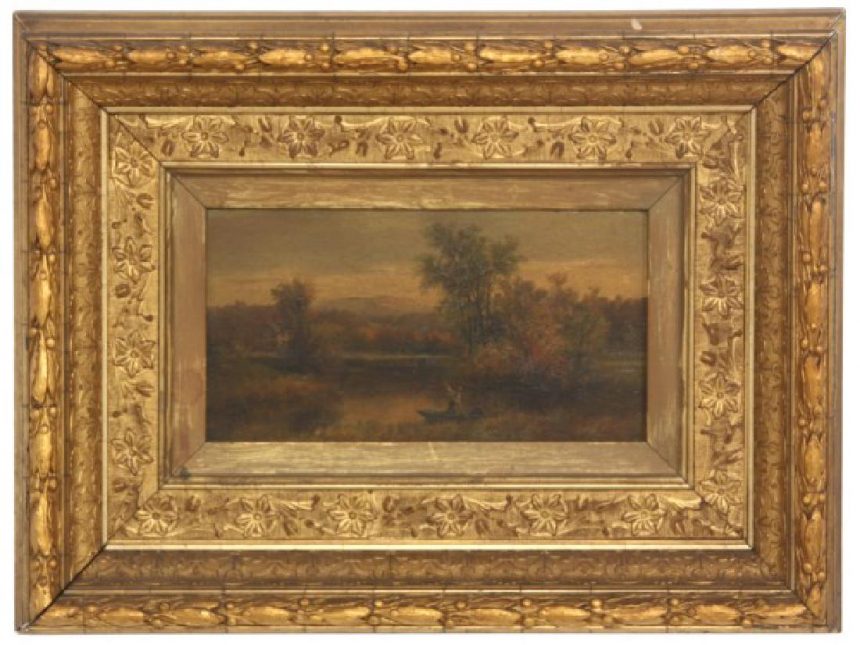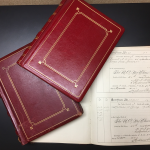Robert Spear Dunning (1829-1905), the founder of the so-called “Fall River School,” is a painter best known for his opulent still life paintings of fruit, often arranged in elaborate serving pieces and habitually presented on a highly polished table with heavily carved edge.
Throughout his lifetime he was lauded for his still life – today his paintings are eagerly sought after by collectors, galleries, and museums. Deservedly so.
But his oeuvre also included seemingly countless portraits of Fall River grandees, coastal marine paintings, and bucolic landscapes, the latter painted in all seasons. In fact, I know of one collector who has the same rural scene painted by Dunning in all four seasons – they are extraordinary.
The 19thcentury was the golden age of landscape painting in Europe and America; Dunning embraced this movement and produced beautifully rendered pastoral landscapes of exceptional quality, yet they are often overlooked – and inevitably overshadowed – by his still life compositions.
I am particularly fond of them.
This choice example – gem like, really – was recently acquired by the FRHS with funds donated by family and friends in memory of the late William F. Nuttall, a long-time FRHS member; a fine tribute to honor his life.
And the painting it is a beauty.
Titled Autumn at Medway, the piece was painted in 1885 on a wood panel and depicts a scene on the Charles River in Medway, Massachusetts, a town in Norfolk County about forty-seven miles from Fall River, with a population contemporary to the painting of slightly more than 3,000.
The work is diminutive, 4.5 x 8.5 inches, but do not underestimate its size – Dunning packed a great deal into it, capturing an intimate scene of couple punting on the Charles, surrounded by multicolored autumn foliage; the mountain evident on the horizon is an artistic liberty.
The painting retains its original gilt frame with elaborate composition ornamentation, typical of the period; it has survived in a remarkable state of preservation, which is very often not the case. Frames of this type are notoriously fragile.
Discolored varnish and 131 years of surface grime have obscured – and protected – the surface of the painting, giving it a muddy appearance. This detail image of the painting will give you an idea of how filthy the surface is.
Next up: A trip to the picture conservator for a light cleaning, thus restoring the painting to its former brilliance.
I am looking forward to that.
Will follow up with “before and after” images.









